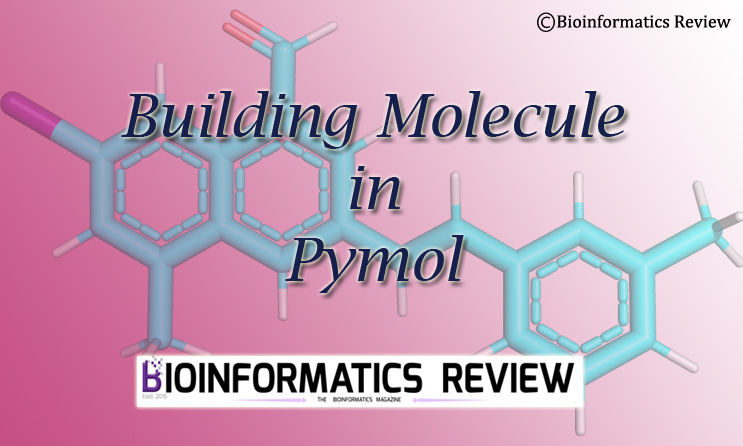Pymol [1] has many functions that you keep finding on exploration. In this article, we will explain how to draw molecules in Pymol.
Assuming you have Pymol installed on your system. If not, then read this article to install Pymol on Ubuntu.
Getting Started
- Open Pymol on Ubuntu either by typing
pymolon the terminal and on Windows by double-clicking the app. - Go to the top-right corner where you can see some options such as Reset, Zoom, Draw, etc. In the last row, you will see an option namely, Builder. Click on it.
- After clicking on it, you will see a small window consisting of some chemical structures, atoms, and bonds.
Building simple molecule
- Choose whatever chemical structure you want, for example, benzene, carbon, oxygen, and so on.
- Click on a structure, for instance, benzene.
- Go to the right-hand side panel. You will see three tabs: (i) Create As a New Object, (ii) Combine w/ Existing Object, and (iii) Done.
- Click on the first tab, i.e.,
Create As a New Object. - Now click on the blank space on the Pymol screen. You will see a benzene structure.
- Now add other atoms or bonds as per your requirement.
- You can undo any step by pressing Ctrl+Z, create bonds, clear up the whole screen, add charge, set up a cycle bond (for that click on
Cyclewritten in front of ‘Bonds:’ in the builder window) and so on.
Similarly, you can add some amino acids to the structure.
- Repeat the above steps and then switch to the ‘Protein’ tab on the Builder window.
- Click on the amino acids you wish to add to the structure.
- After finishing the structure, you can save it as a PDB file.
Saving the molecule in PDB format
- Go to
File --> Export Molecule --> PDB Options --> Write CONECT records for all bonds --> Save. - You can select other formats such as MOL2, Maestro, XYZ, and so on.
References
- The PyMOL Molecular Graphics System, Version 1.2r3pre, Schrödinger, LLC.





